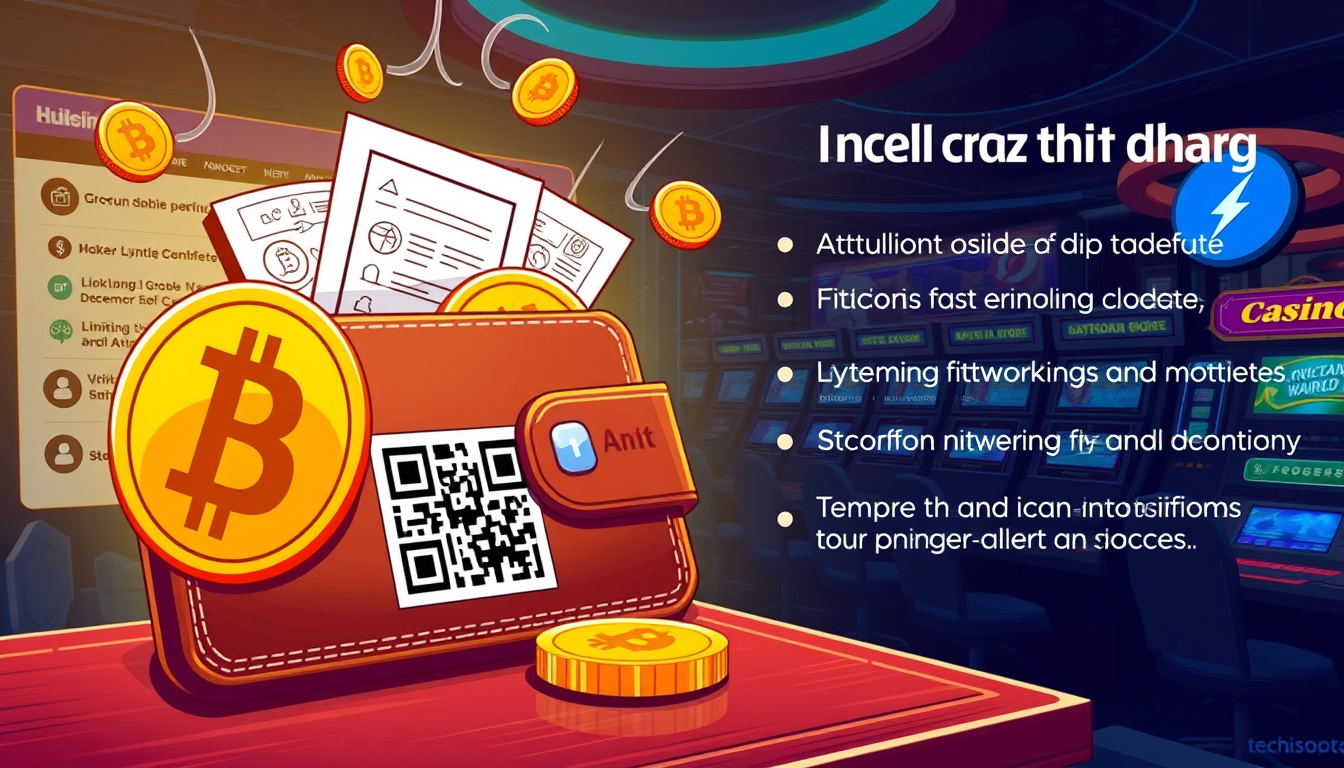Bitcoin blockchain transactions run slow and cost more during busy times. The Lightning Network runs on top of Bitcoin. It makes transfers fast and fees low. This guide shows how to send and receive Bitcoin quickly. Each step links wallet, payment, and deposit with close word ties.
Introduction to Lightning Network Deposits
Lightning Network sits above Bitcoin’s main chain. It builds channels where funds move fast.

Users deposit Bitcoin by using these channels. Users see faster transfers compared with on-chain work. The network cuts waiting time and lowers fee size.
Setting Up to Use Lightning Deposits
First, choose a Bitcoin wallet with Lightning support. Popular choices are Phoenix, Breez, and BlueWallet. These wallets join nodes to create channels. Next, check if your exchange or service supports Lightning deposits. Many platforms do; some do not. Look up help pages or deposit details to be sure. The wallet opens channels that keep transactions off the main chain. Improved setups help beginners send multiple payments with ease.
How to Make a Lightning Network Deposit
Your exchange gives you a Lightning invoice. This invoice ties the address, amount, and payment code close together. You then scan the QR code or paste the code in your wallet. The wallet sends funds along the channel. Soon, your account shows the deposit. The process links the invoice with both sender and receiver. Payments usually appear fast, a benefit over on-chain delays.
Comparing Lightning Deposits with On-Chain Bitcoin Transactions
Lightning transactions run in seconds and cost few fees. On-chain transfers wait for several blocks and might earn higher fees. The network keeps words and funds tightly linked during transfers. Sometimes, if a channel lacks funds, the payment may fail. Most of the time, a quick glance at the channel saves waiting.
Security and Responsible Usage Tips
Always check the invoice closely before sending funds. Only use valid invoices for Lightning payments. Invoices match the destination and payment code in close syntax. Also, save your wallet’s backup phrase in a secure place. These checks help you avoid errors and keep funds safe. Stick with known wallets and exchanges to keep deposits secure.
Legal, Regulatory, and Platform Considerations
Some rules cover Lightning payments. Exchanges follow local KYC and AML rules. U.S. platforms get a license to operate. If you use Bitcoin for betting, first check if the rules allow it. This keeps your funds and choices close and safe.
Conclusion and Additional Resources
Lightning Network deposits give you fast, low-cost Bitcoin transfers. The steps link a Lightning wallet to a supporting exchange. Send payments by scanning QR codes or copying codes. Find safe, licensed platforms as your guide. For help, join online forums such as r/lightningnetwork or read wallet guides.
Always use trusted services and keep your backup data nearby to save your funds and time.






























